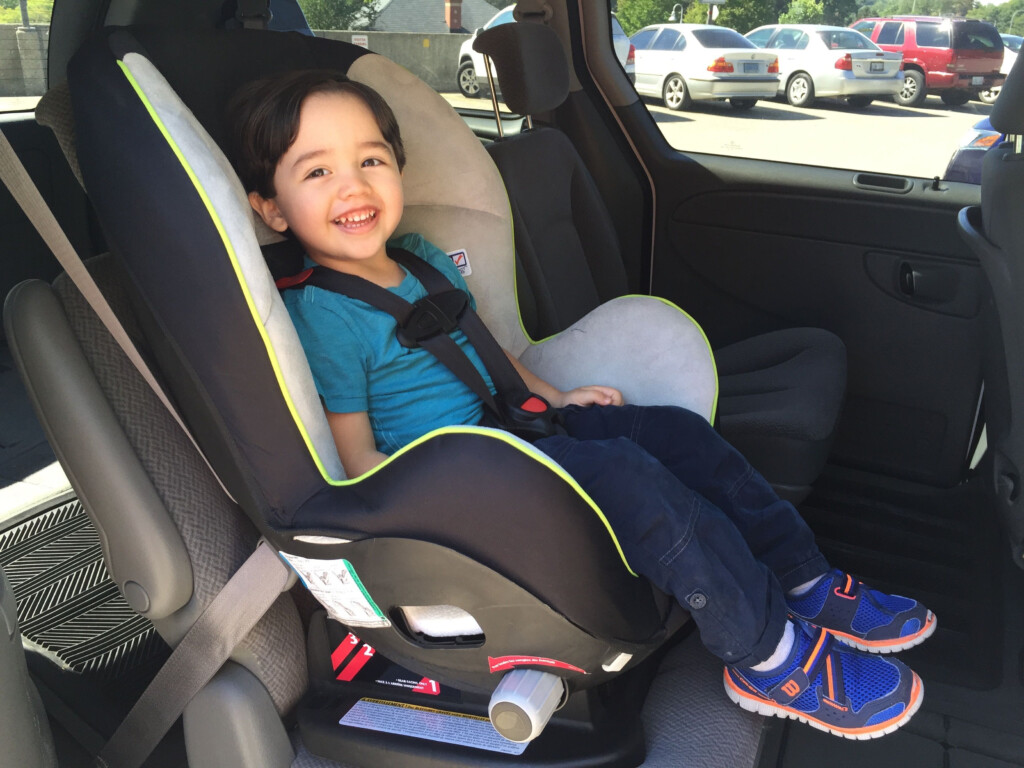Infant car seats are designed for newborns and typically have weight limits ranging from 4 to 30 pounds. It is crucial to follow the manufacturer’s guidelines and not exceed the weight limit to ensure your baby’s safety. As your child grows, you will need to transition to a convertible car seat that offers higher weight limits.
When selecting an infant car seat, consider factors such as the baby’s weight, height, and age to ensure a proper fit. Always refer to the car seat weight limits chart provided by the manufacturer to make an informed decision.
Car Seat Weight Limits Chart
Convertible Car Seats
Convertible car seats are versatile and can be used in both rear-facing and forward-facing positions. These seats typically have weight limits ranging from 5 to 65 pounds or more, depending on the model. It is essential to switch to a forward-facing position once your child reaches the weight limit for rear-facing use.
When installing a convertible car seat, make sure to follow the manufacturer’s instructions carefully to ensure a secure fit. Regularly check the weight limit and adjust the seat as needed to accommodate your child’s growth.
Booster Seats
Booster seats are designed for older children who have outgrown their convertible car seats. These seats elevate the child to the proper height to use the vehicle’s seat belt safely. Booster seats typically have weight limits ranging from 40 to 120 pounds, depending on the model.
It is crucial to transition to a booster seat once your child exceeds the weight limit for their convertible car seat. Make sure to properly secure the booster seat in the vehicle and check the weight limit regularly to ensure your child’s safety.
